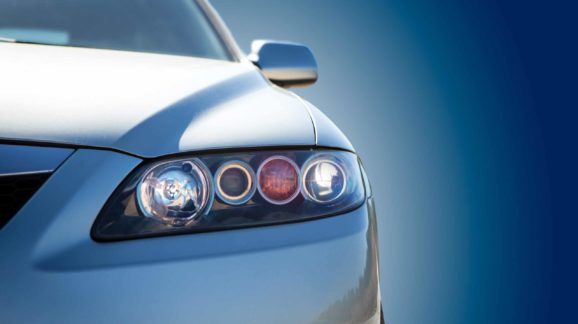Report: Auto Safety Lags Due to Outdated Government Standards

Motor vehicle safety should be a priority for Washington regulators, but regulators too often fail to update rules to stay current on the latest, best available technologies and practices, says a new Competitive Enterprise Institute report.
“When it comes to auto safety standards, regulators must be faster to revise regulations so that they stay current with rapidly changing technology and don’t prolong hazardous situations for decades,” said Marc Scribner, CEI senior fellow and author of the report, Modernizing Federal Motor Vehicle Safety Standards. “Congress should require the National Highway Traffic Safety Administration to promptly update old, out-of-date auto safety regulations when new standards are published. That change would allow the American public to enjoy the full benefits of emerging technologies such as self-driving cars.”
While federal auto safety regulations rightly incorporate and codify private engineering standards, many regulations rely on standards that are decades out of date and fail to account for recent technological advances.
Auto headlamps are a prime example of the problem, the report explains. Drivers on America’s roadways are temporarily blinded by the high beams of oncoming cars, making our roadways more dangerous and uncomfortable. Technology to reduce headlamp glare is already used in Europe, but here in the United States, decades-old auto safety regulations bar automakers from offering adaptive driving beam headlamps to consumers.
Of all the 250 or so auto safety standards in regulations, the average publication year is 1980. But with reprioritization of rulemaking duties at the National Highway Traffic Safety Administration, automakers can start using the most effective and current vehicle technologies to increase traveler safety and comfort in the most cost-effective way.
> View the report, Modernizing Federal Motor Vehicle Safety Standards, by Marc Scribner